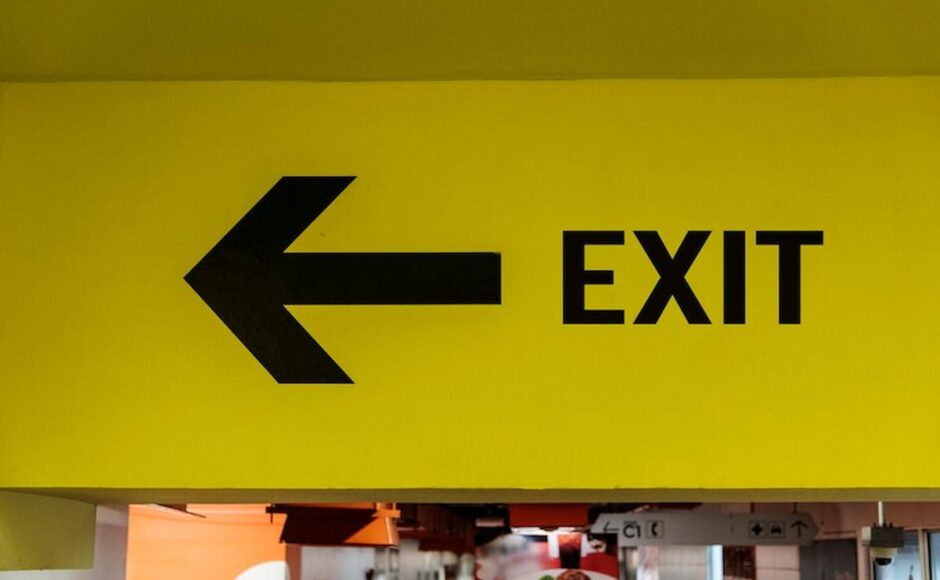Signage design is crucial in conveying messages, guiding people, and enhancing brand visibility. Whether it’s in retail spaces, public areas, or corporate environments, effective signage can make a significant impact. However, creating compelling signage involves more than just artistic flair; it requires careful planning, strategic thinking, and attention to detail. In this article, we’ll delve into the journey of signage design, from conceptualisation to installation, uncovering the key stages and insights that drive successful outcomes.
The Importance of Signage Design
Before diving into the design process, it’s essential to grasp the significance of signage in various contexts. Signage serves multiple purposes, including providing information, promoting products or services, reinforcing branding, and ensuring safety and compliance. Whether exterior signage attracts passersby or interior wayfinding signs guide visitors, each plays a vital role in the overall user experience. Understanding these roles is fundamental to crafting effective signage solutions that resonate with the intended audience and achieve desired outcomes.
Research and Conceptualisation
The first step in the signage design process involves thorough research and conceptualisation. This stage is about understanding the client’s objectives, target audience, brand identity, and the environment where the signage will be displayed. Conducting site visits, analysing competitors’ signage, and gathering inspiration from various sources can provide valuable insights. By immersing themselves in the project context, designers can identify key design elements that align with the brand and resonate with the audience, such as typography, colours, imagery, and materials.
Design Development and Iteration
With research findings and conceptual ideas, designers move on to the design development stage. They translate concepts into visual representations, experimenting with layout compositions, typography treatments, and graphic elements. During this phase, collaboration with stakeholders, including clients and architects, is crucial to gather feedback and refine designs iteratively. Incorporating principles of hierarchy, legibility, and visual impact, designers strive to create compelling signage solutions that effectively communicate messages and evoke desired emotions.
Production and Implementation
Once the designs are finalised, the focus shifts to production and implementation. It involves selecting appropriate materials considering durability, visibility, and maintenance requirements. Whether printing graphics on vinyl, fabricating metal letters, or carving wood signs, choosing the proper production techniques is essential to achieving the desired quality and aesthetic appeal. Moreover, coordinating with vendors, obtaining necessary permits, and adhering to local regulations are critical to smooth installation processes. From manufacturing to installation, meticulous attention to detail is paramount to delivering signage solutions that meet or exceed client expectations.
Evaluation and Maintenance
After installation, the journey of signage design doesn’t end; it evolves into the stage of evaluation and maintenance. Monitoring signage performance is crucial to ensure it fulfils its intended purpose effectively. It involves assessing visibility, legibility, durability, and adherence to brand standards. Regular maintenance, including cleaning, repairs, and updates, is necessary to preserve the integrity and functionality of signage. By staying proactive and responsive to changing needs and conditions, businesses can maximise the longevity and impact of their signage investments.
Adaptation to Digital Signage Trends
In today’s digital age, the landscape of signage design constantly evolves with the emergence of digital signage solutions. Digital displays offer dynamic, interactive, customisable options for conveying messages and engaging audiences. From LED screens and interactive kiosks to video walls and projection mapping, digital signage opens up new possibilities for creativity and engagement. Designers must stay abreast of digital signage trends and technologies, integrating them seamlessly into their design approaches to create immersive and impactful experiences that resonate with modern audiences.
Sustainability and Eco-Friendly Practices
As environmental consciousness grows, signage design has a heightened focus on sustainability and eco-friendly practices. Designers are increasingly exploring materials, production techniques, and disposal methods that minimise environmental impact and promote sustainability. It involves using renewable or recyclable materials, reducing energy consumption, and implementing eco-friendly manufacturing processes. By embracing sustainable practices, businesses reduce their carbon footprint, enhance their brand reputation, and appeal to environmentally conscious consumers.
In conclusion, the signage design process is a multifaceted journey requiring creativity, strategy, and technical expertise. By understanding the importance of signage, conducting thorough research, embracing iterative design development, and ensuring seamless production and implementation, designers can create impactful signage solutions that enhance environments, communicate messages effectively, and elevate brand experiences. Whether it’s a storefront sign, directional signage in a public space, or a wayfinding system in a corporate campus, each signage shapes user perceptions and interactions. By mastering the intricacies of designing signage, designers can unlock endless possibilities for creating memorable and meaningful visual experiences.
This blog post has explored the journey of signage design, from conceptualisation to installation, shedding light on the key stages and insights that drive successful outcomes. By delving into each process phase, we’ve gained a deeper understanding of the intricacies of crafting compelling signage solutions. Whether you’re a designer embarking on a new project or a business owner seeking to enhance your brand presence, embracing the principles and practices outlined in this post can set you on the path to signage success.
Read more: https://www.blogpirate.org/designing-impactful-business-cards-crafting-lasting-impressions/


